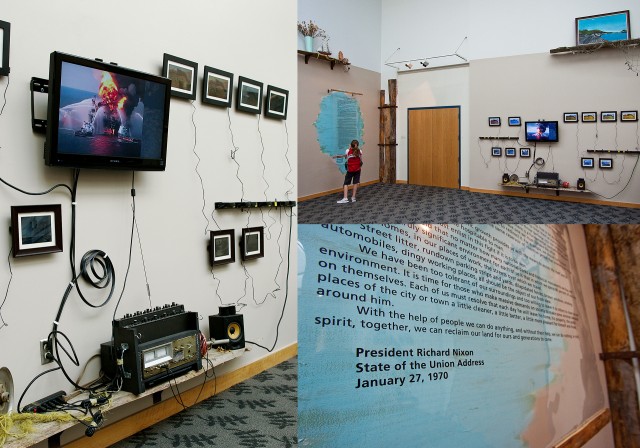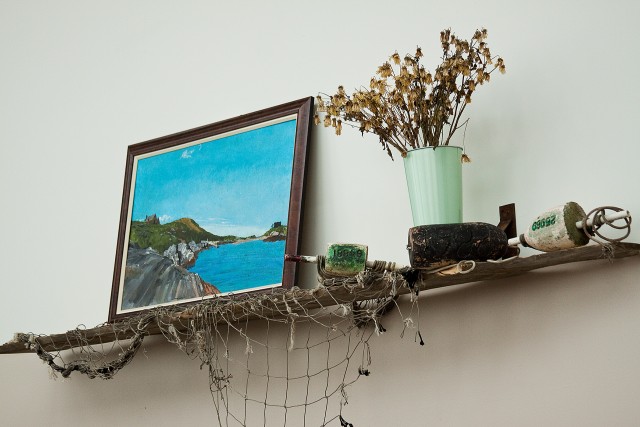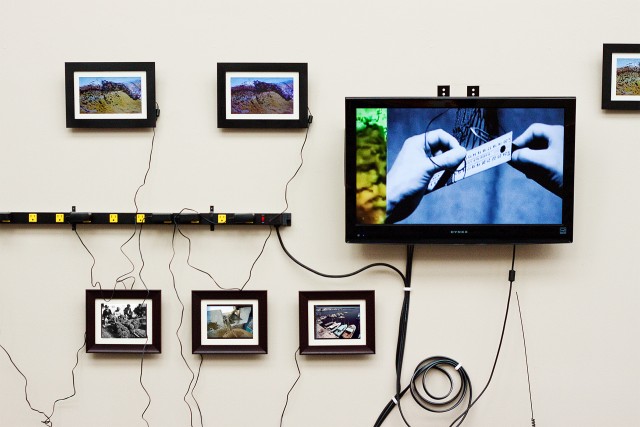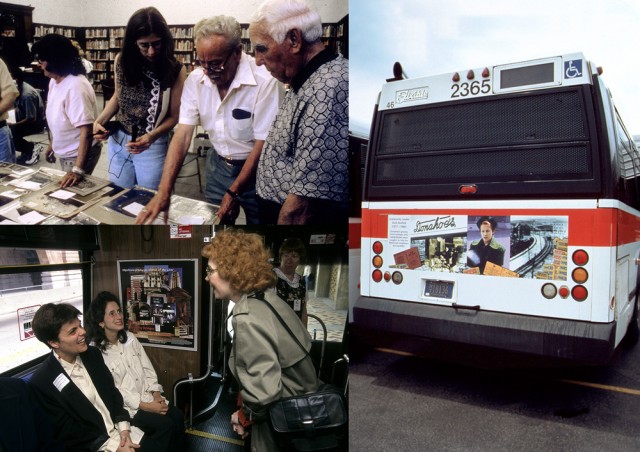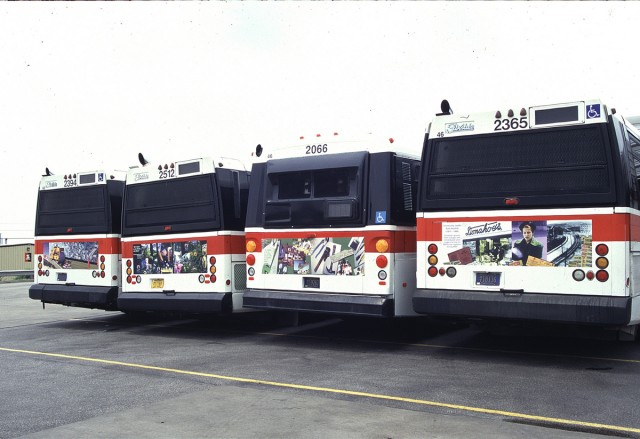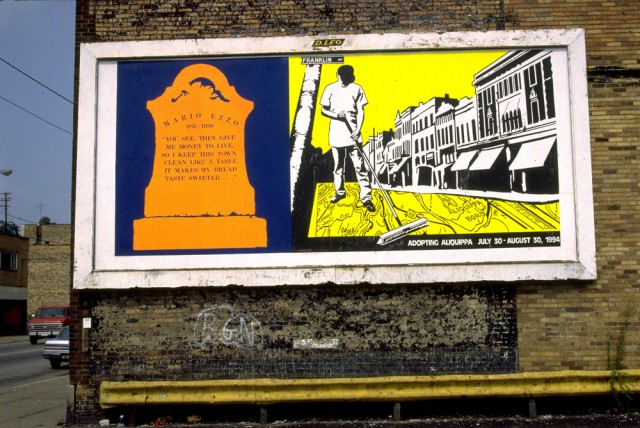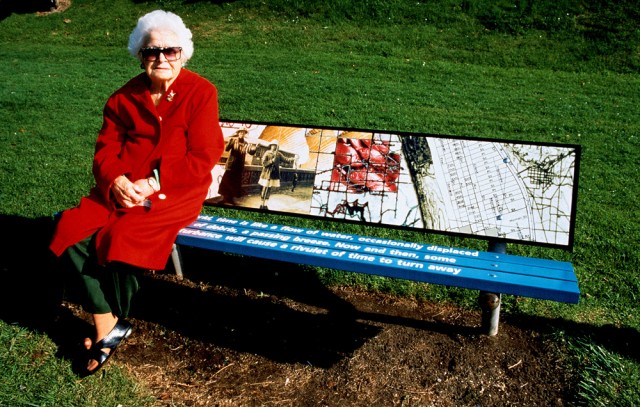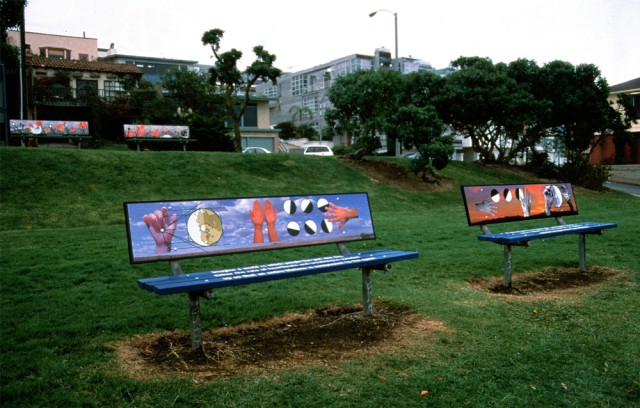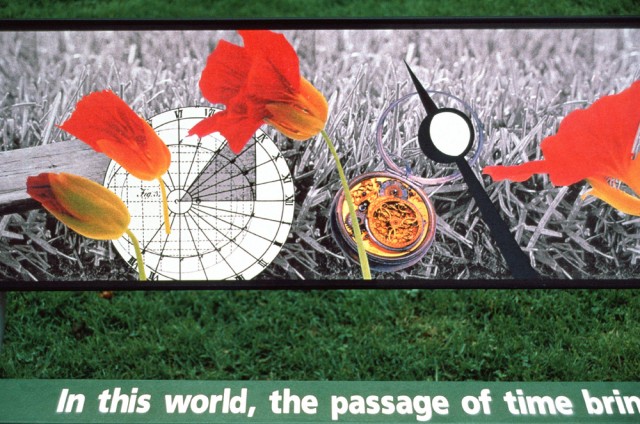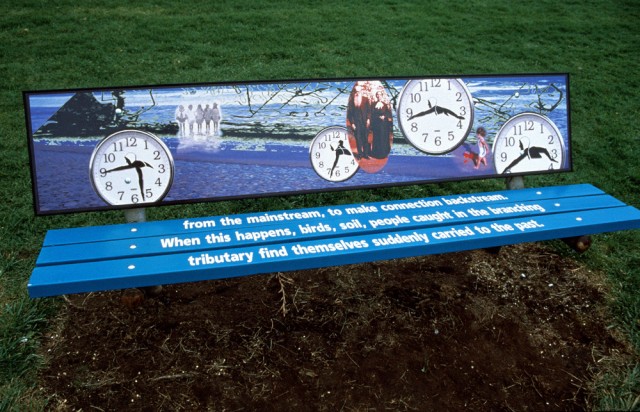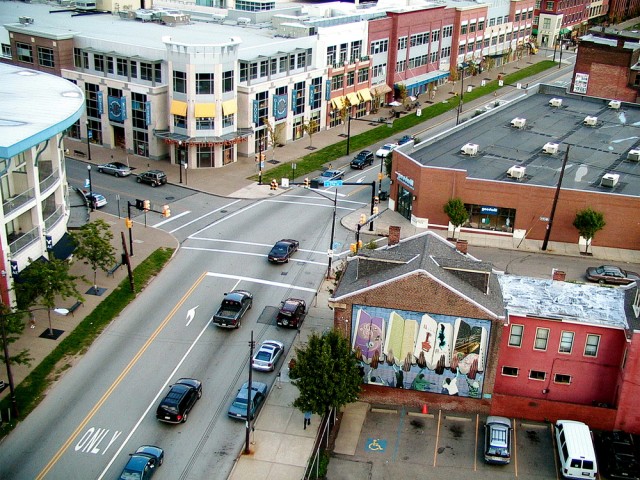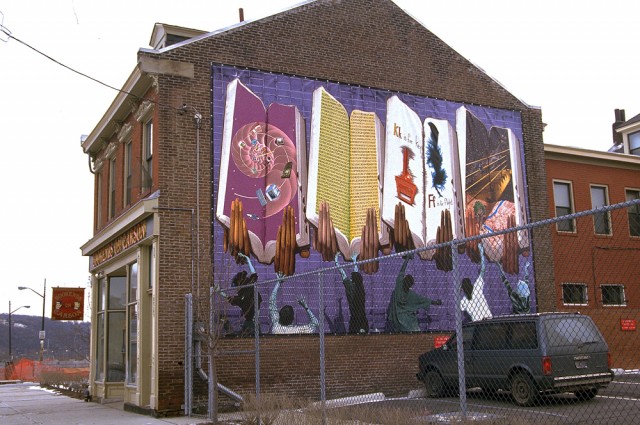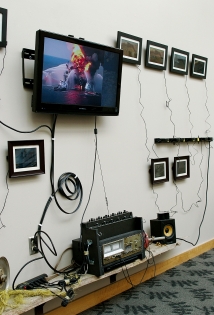
Carolyn Speranza
-
Requiem for the Netmakers: B.P. Oil Spill video & Nixon's 1970 State of the Union
-
Requiem for the Netmakers: mixed media and found object sculpture detail
-
Requiem for the Netmakers: video and fishing industry photographs detail
-
End of the Line- Building Bridges with Pittsburgh's Busways
-
End of the Line- Building Bridges with Pittsburgh's Busways
-
It Makes My Bread Taste Sweeter: Temporary Public Artwork
-
Invisible Clock: Public Art Commission Detail
-
Invisible Clock: Public Art Commission
-
Invisible Clock: Public Art Commission Detail
-
Invisible Clock: Public Art Commission Detail
-
Literacy Windows: Public Art Commission
-
Literacy Windows: Public Art Commission Close-up
-
Requiem for the Netmakers: video component
-
Earth Breathing: Temporary Public Art
-
Urban Aquarium: Temporary Public Art
-
At Pittsburgh Filmmakers: Creative Heights Residency
-
Film Excerpt from Sight of Stillness: Holding the Moon
-
Film Excerpt from Sight of Stillness: Third Eye
-
Film Excerpt from Sight of Stillness: Bank of Love
-
Film Excerpt from Sight of Stillness: Saeeda's Hum
| Artistic Category | artist |
|---|---|
| Collaborators | Lisa Link, Boston MA, http://lisalink.net/ Frank Ferraro, Pittsburgh PA, http://frankferraro.wordpress.com/ Angelo Gatto, Cooperstown PA, http://www.angelogatto.com/ |
| Career Level | Mid-career |
| Experienced With | Collaboration, Commissions, For-hire services, Leading workshops, Lectures, Public art, Speaking engagements, Teaching engagements |
Steel bands brace tree logs onto the museum wall; monitors flicker, and flowers left to honor the dead wilt up on the shelf. On screen, grimy black and white video brings an explosion, oil, water and a mobster’s fistfight to our senses. Sludge dissolves into gangsters as you hear the sounds of the ocean, a mermaid chorus and the deep rhythms of drilling. Salt water smells waft up from the tools of fishermen. You are left wondering who will win the conflict between Man and Nature.
The 2010 Deepwater Horizon oil spill interrupted our collective priorities and put water and in particular the economics of water, on our central stage. Issues about water had not been in the forefront of many Americans' concerns, especially in the bright light of the country's economic downturn, our involvement in two wars, and a national debate on healthcare.
Without warning, people in the fishing industry found themselves at the nexus of forces beyond their grasp. As I listened to their stories, I saw the complex relationship coastal residents have with corporations bringing economic opportunity; elected government officials who create environmental legislation; and the researchers who provide evidence to guide these regulations. A family of fishing net-makers grasped my imagination. In 2011, I made Requiem for the Netmakers in an effort to bring the classic tale of Man vs. Nature to a contemporary perspective.
The 1970 State of the Union address envisioned a new era in Man's relationship to Nature, but as his presidency failed in 1972, Richard Nixon's rallying cry went unfilled. In Requiem, we see his text presented as an artwork; but at the same time, encounter the drama of environmental disaster decades later. My impulse is to bring these elements into relationship with each other, to reveal something to the viewer that she could not otherwise have seen, felt or intellectually grasped. In this light, an artist's job is to develop and hone a contextual and aesthetic language.
Landscape dominates my aesthetic and contextual outlook: the earth, the ocean, electronic connectivity and of course, our political and community maps. I look to Anselm Kiefer for guidance in portraying the mythic, history-riddled landscape; Christo and Jean-Claude for their grand sense of scale and communal engagement; Patti Smith and Yoko Ono for their fierce yet poetically expressed politics; Warhol for his cool and smart use of imaging technology.
Some people believe that the purpose of an artist is to be her community's soothsayer. In his plays, Shakespeare had the truth told by a fool in the guise of a court comedian. Likewise, the role of the artist is to bring the unspoken to the surface. Artists have their own language: one of color, light, form, medium and message. While some artists readily distinguish and assume this mantle, I question these responsibilities. My inquiry takes shape in a dialogue with the public.
As the daughter of an engineer and a psychiatric nurse, I see the world through a matrix of abstract structures and human relationships. My deepest desire is to solve societal problems and cure peoples' ills. With projects, the big picture drives me: laying a foundation, designing structure and creating context. My aesthetics, use of technology and material concerns arise secondarily in the process of making art. Some say that it’s the curious and poetic associations that shape my art. I feel like I'm inside of a crucible. Forging the next expression is hard, transformative work.
Carolyn Speranza's media projects are site-specific and develop public participation in new ways. Requiem for the Netmakers, Urban Aquarium, Invisible Clock and My Bread Tastes Sweeter illustrate this approach to using digital media. For two decades, Speranza has demonstrated the capacity to collaborate across disciplines on complex projects while building community engagement on an organizational scale. Too Shallow for Diving: the 21st Century is Treading Water, Sight of Stillness: What do you see when you meditate? and End of the Line: Building Bridges with Pittsburgh's Busways model these attributes with budgets ranging from to $7,500 to $50,000.
In art school, Speranza's formative influences were working with the D.A.X. Group; glass artist and sculptor Richard Harned; and Wexner Center performance art curator, Carla Peterson. Participating with Carnegie Mellon's D.A.X. Group in transnational, interactive telecommunications events in the mid 1980's introduced Speranza to a collective of artists and technologists creating new forms of communication. Speranza learned how to conduct an artistic inquiry from Richard Harned at the Ohio State University. As a result, Speranza started creating environments using light as an art material. Assisting Carla Peterson at the Wexner Center exposed Speranza to early '90's hybrid performance art; the art of developing community; in the midst of the Mapplethorpe/Serrano NEA controversy, the importance of taking a stand.
In 2003 Speranza stopped making art and became politically active. Between 2003 and 2005, Speranza trained with Wellstone Action, the PA Center for Women, Politics, and Public Policy; League of Young Voters, MoveOn.org, the DNC Fifty-State Initiative and Al Gore's Climate Project. In 2005, Speranza was a Center for Progressive Leadership Pennsylvania Fellow. In 2004, 2006, and 2008, Speranza mobilized her neighborhood and the greater Pittsburgh community to vote. She returned to the art scene by curating Too Shallow for Diving: the 21st Century is Treading Water, a sixteen-artist exhibition addressing water from aesthetic, environmental and political perspectives. Debuting with this 2011 exhibition, Speranza’s Requiem for the Netmakers presented viewers with the centuries-old duel of Man v. Nature played out by Big Oil Gangsters, the Ocean and generations of people whose livelihoods depend on the sea.
Speranza began exhibiting art in 1985 with solo and group shows followed by performance work, telematic and web-based projects, video screenings, site-specific installation and public art. Lucy Lippard, Robert Atkins, Elizabeth K. Menon and British scholar, Malcolm Miles have published her work in their anthologies. Speranza has completed residencies at the Center for the Study of Health, Religion & Spirituality, Indiana State University, New Orleans Glassworks, Pittsburgh Filmmakers and Sculpture Space, New York. Speranza is a past fellow at the STUDIO for Creative Inquiry, Carnegie Mellon and has held the endowed, Stephen L. Barstow Artist in Residence position at Central Michigan University. Her work has been generously supported by grants from the Heinz Endowments, NEA New Forms program, Pennsylvania Council on the Arts, Central Michigan University and The Ohio State University.
Genres
- Found object
- Installation
- Internet
- Light
- Mixed-media
- Other
- Public Art
- Social Practice / Civic Engagement
- Sound / Audio
- Video
Keywords
- Alternative
- Analog
- Appropriation
- Assemblage
- Biographical
- Black & white
- Collage
- Computer generated
- Conceptual
- Cultural
- Digital
- Digital manipulation
- Documentary
- Electronic
- Experimental
- Feminist
- Indie
- Information visualization
- Internet
- Land/earth
- Landscape
- Light
- Montage
- Mural
- Narrative
- Nature
- New media
- Other
- Recycling /green
- Resin
- Site specific
- Spiritual/Religious
- Text
- Time-based
- Transgressive
- Video
- Web based
